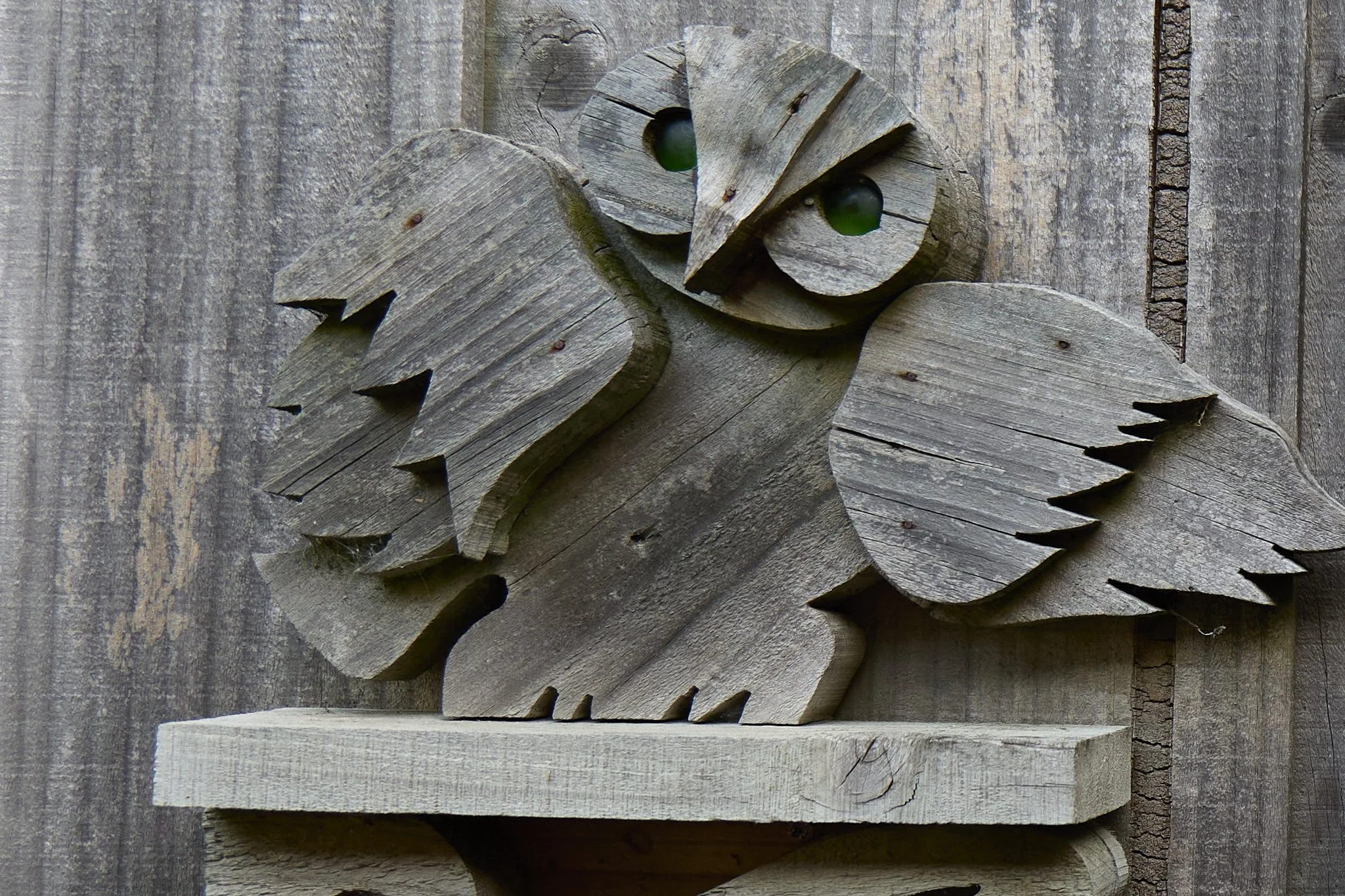All of this was of course, a myth.
APS-C popped up on my clearly limited radar in the 80’s as the “Advanced Photo System”, an attempt to simplify film shooting**. I thought it was an interesting, but doomed idea like 110 and 120 cassette film for the new generation. Like any smaller format at the time, it was facing the reality that for many, 35mm was considered “small” already.
APS-C soon re-emerged as the digital sensor size of choice and I assumed the format name had only one influence, drawn from recent history with the hint of being clever and new.
I also assumed the main technical consideration here came from the early difficulties and cost of making digital sensors combined with a realisation that maybe the full 35mm size was now not needed, an idea reinforced by the made to purpose four thirds sensor, but otherwise the stubborn adherence to a 35mm or “full frame” sensor seemed inevitable.
I was also dimly aware of “half frame” cameras common enough in the late middle of the century, even owning an antique 25mm Olympus half frame lens.
That’s it, fringe formats circling the “one true” format of 35mm.
*
Now, what if I was bought up a film maker, not a stills photographer?
If film making was my trade, the term “super 35” would have been my standard and all my perceptions would have shifted. Same film stock, different reality. APS-C and half frame would have felt like a return to common sense, a vindication of the original film stocks use.
The fact is 35mm still film was born from an adaption of 35mm movie film, but they made us load it sideways to make it longer/bigger!
This was a combination of using a roll film stock easily sourced in bulk and an attempt to make it a viable size for still photography. What was plenty for movie making used one way was a little on the small side for stills shooters decades ago. Indeed, that argument even plagued 35mm film up until it’s digital demise. Medium format (120 film in various ratios) was the true pro choice for many, large format for some. The little can of 35mm film was the amateur, adventure, sport or news paper photographers choice.
Olympus half frame and APS-C now made a lot more sense, being basically super 35 used normally. Super 35 is not a set in stone size, just a very close grouping using the same film stock, so APS-C is a decent enough term to use. The width tends to be fixed, but the height varies.
The main reason I have written this is because the lens language used by cinematographers, who rarely use full frame terms and just as rarely qualify that, were frustrating me, but then I realised, they came first in their space.
The slightly arrogant and misleading term “full frame” has often frustrated me as a digital convert. Apart from my adoption of the equally misleadingly named “Micro” Four Thirds format, I always felt APS-C was not a fully realised format. Fuji has proven there is much to be gained from it, but Canon, Sony and Nikon still treat it like the poor step child.
It seems that the film industry has a similar bias regarding full frame, it just goes the opposite way.
The interesting thing for me is, I assumed from a stills shooters perspective, they mean full frame when reading a lot of “what lenses do top end cinematographers use” articles and it seemed to make sense. Roger Deakin using a 28 or 40mm, many others preferring a 50mm all sat fine in my stills biased head, then it dawned on me they were actually talking about 40, 60 and 75mm lenses respectively.
The lens I feel is the true standard stills lens, the 40mm (FF), which sits between the standard 50 and semi wide 35, is actually considered by many cinematographers to also be a work horse, but used as a wide format 60mm (FF eq) or half way between a standard 50 and portrait 75mm lens.
So, most cinematographers shoot longer lenses as standard than most stills shooters or to be more accurate, cinematographers tend to haunt the same lens landscape portrait stills photographers do!
The sometimes misleading element here is the new wave of full frame shooters are using wider focal lengths naturally for vloging and “edgy” content creation, but the makers of major films generally are not. “Birdman” for example was shot on what I thought was a shockingly wide 18mm, but of course it is actually a less dramatic 27mm, still wider than average for movie making, but in the realm of normal. The same cinematographer however did use lenses as wide as a 12mm on a huge Alexa 65 sensor, for The Revenant which is really wide.
The take away for me is, I will look at my video needs differently now. My natural lean was towards a 24mm to cover wide in full frame and 35 in APS-C, but I am now thinking my 50/75 is likely enough, with the 20-60/30-90 zoom for wider shots. This does not exclude a full range of M43 lenses ranging from 16-600mm (FF equiv). There are many cinematographers who use only one or a small range of lenses and many major projects were filmed on one single lens. Commonly these are in the longer-standard end.
*Full frame meaning all the rest are less than full?
**Film that stayed in easy to old cassettes and stayed there for easy hanfding and storage. Unfortunately it adopted another format rather than stick with the 90%-er that is 35mm after all that time spent making it standard.































































































